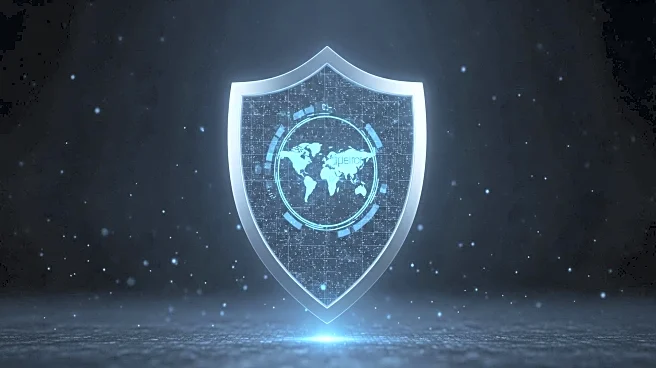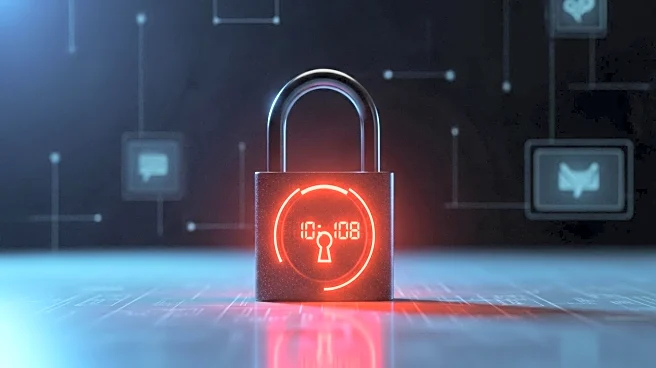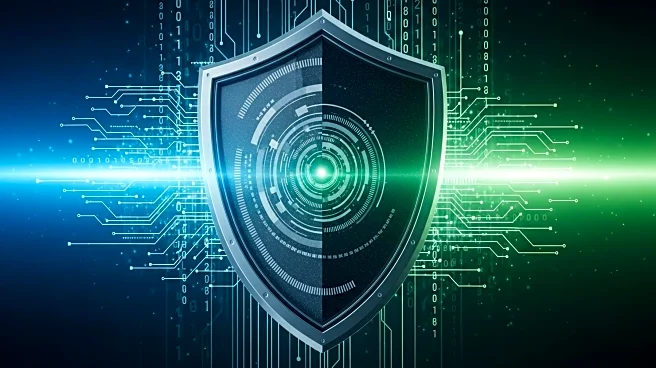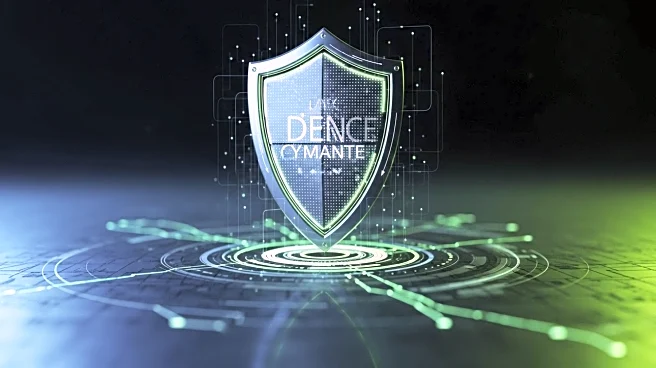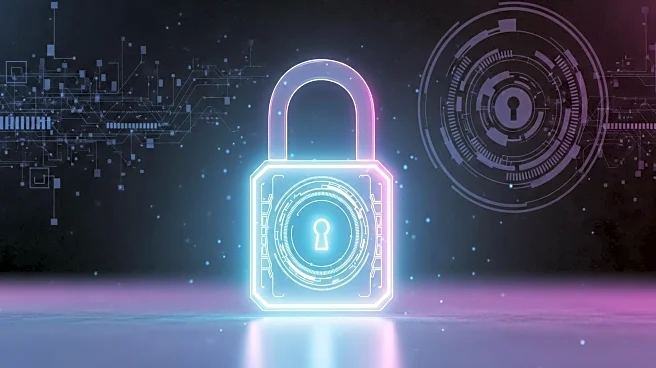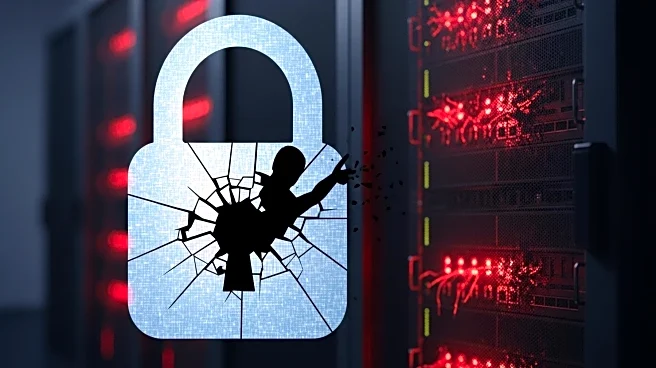What's Happening?
A new phishing campaign has been identified where attackers are using social engineering tactics to distribute malicious ZIP files. These files, which appear to contain legitimate documents such as payment records and passport scans, are embedded with Windows shortcut files (LNK) that trigger the deployment of DLL implants. According to an analysis by BlackPoint, these LNK shortcuts covertly launch an obfuscated PowerShell dropper, which retrieves DLLs disguised as PowerPoint files. The PowerShell dropper uses multiple 'quiet flags' to execute commands without visible prompts or user permissions. This method exploits user trust in document-themed content, making it a significant threat to organizations.
Why It's Important?
The spread of malware through seemingly innocuous ZIP files poses a significant risk to cybersecurity. This method of attack leverages user trust and the commonality of document exchanges in business environments, potentially leading to widespread data breaches and system compromises. Organizations that fail to recognize and mitigate this threat may face severe consequences, including data loss, financial damage, and reputational harm. The prevalence of such attacks underscores the need for robust cybersecurity measures, including the prohibition of LNK files in archives, the implementation of Mark of the Web, and the activation of script block logging transcription.
What's Next?
Organizations are advised to enhance their cybersecurity protocols to counteract this threat. This includes denying the use of rundll32, a Windows binary often exploited in these attacks, and ensuring that employees are trained to recognize and avoid phishing attempts. Cybersecurity firms and IT departments will likely increase their focus on detecting and neutralizing such threats, while policymakers may consider updating regulations to address the evolving landscape of cyber threats.
Beyond the Headlines
This development highlights the ongoing evolution of cyber threats and the sophistication of attackers in exploiting system vulnerabilities. It raises ethical and legal questions about the responsibility of software developers to patch vulnerabilities and the role of organizations in safeguarding user data. The incident also emphasizes the importance of continuous education and awareness in cybersecurity practices.


